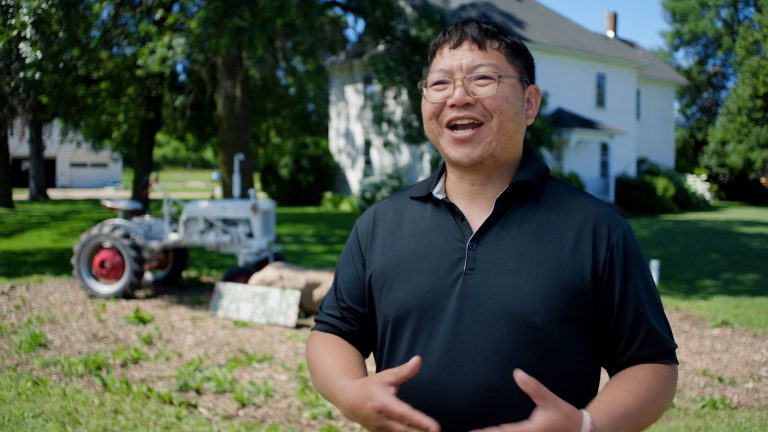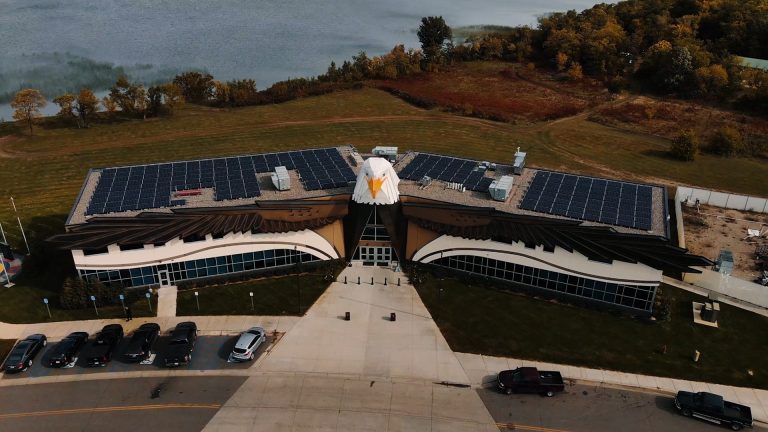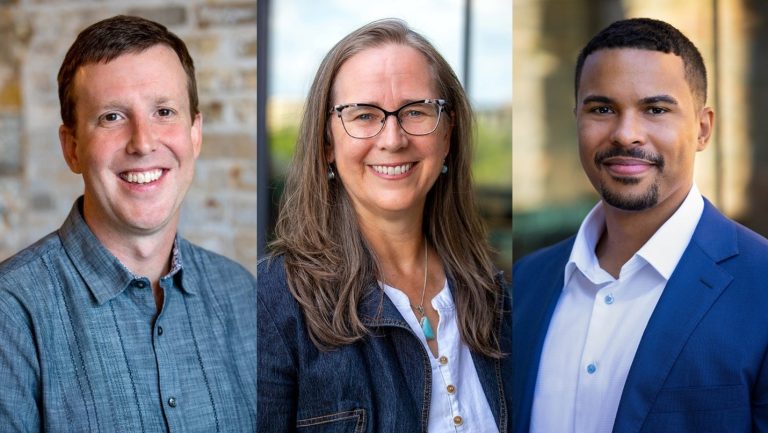National Center for Family Philanthropy (NCFP), who offers resources and guidance for members looking to accelerate climate change solutions, recently sat down with Noa Staryk, board chair at McKnight Foundation, to learn more about our approach to climate philanthropy. From grantmaking to investment strategies, Noa provides sharp insights and inspiration for other funders looking to join the movement. This interview was originally published by NCFP and is reprinted here with full permission.
“About ten years ago, climate change emerged as one of the most profound issues of our lifetime. We realized that the time to act was now, not just for us, but for the next generations.”– NOA STARYK, BOARD CHAIR
NCFP: Can you tell me a bit about McKnight and your background with the Foundation?
Noa: McKnight Foundation was founded in 1953 by my great grandparents William and Maude McKnight. In 1974, my grandmother Virginia McKnight Binger took the helm. For many years, the family comprised the board and meetings took place at my grandparents’ dining room table. At the core of our family identity was caring deeply about the issues impacting Minnesota communities, and our generation learned a lot through osmosis over the years. As we near our 70th anniversary next year, I am reflecting that we were fortunate McKnight Foundation began that way, because it has helped us keep community needs at the center of our mission as our programs evolved and as we have grown our assets, staff, and potential for impact.
NCFP: What motivated McKnight to begin supporting climate efforts, and how did that grow over the years?
Noa: We began our clean energy work in 1994, the same year that the first wind farm was built on the Buffalo Ridge in Minnesota. At the time, climate change was not even a term that we were using, but we knew that the Midwest’s many coal plants put us at the heart of America’s climate and pollution problems. We also knew that there were incredible economic development opportunities with renewable energy. We started small in Minnesota and slowly grew our funding through partnership with the Energy Foundation.
About ten years ago, climate change emerged as one of the most profound issues of our lifetime. We realized that the time to act was now, not just for us, but for the next generations. Because we’re a place-based funder, we started creating our own portfolio to combat climate change in the Upper Midwest. We expanded to more states and formalized our Midwest Climate and Energy program in 2015 with the hiring of a dedicated program director and team. Today we are proud to support a network of over 100 grantees, many at the intersection of climate and equity, across an increasingly diverse Midwest.
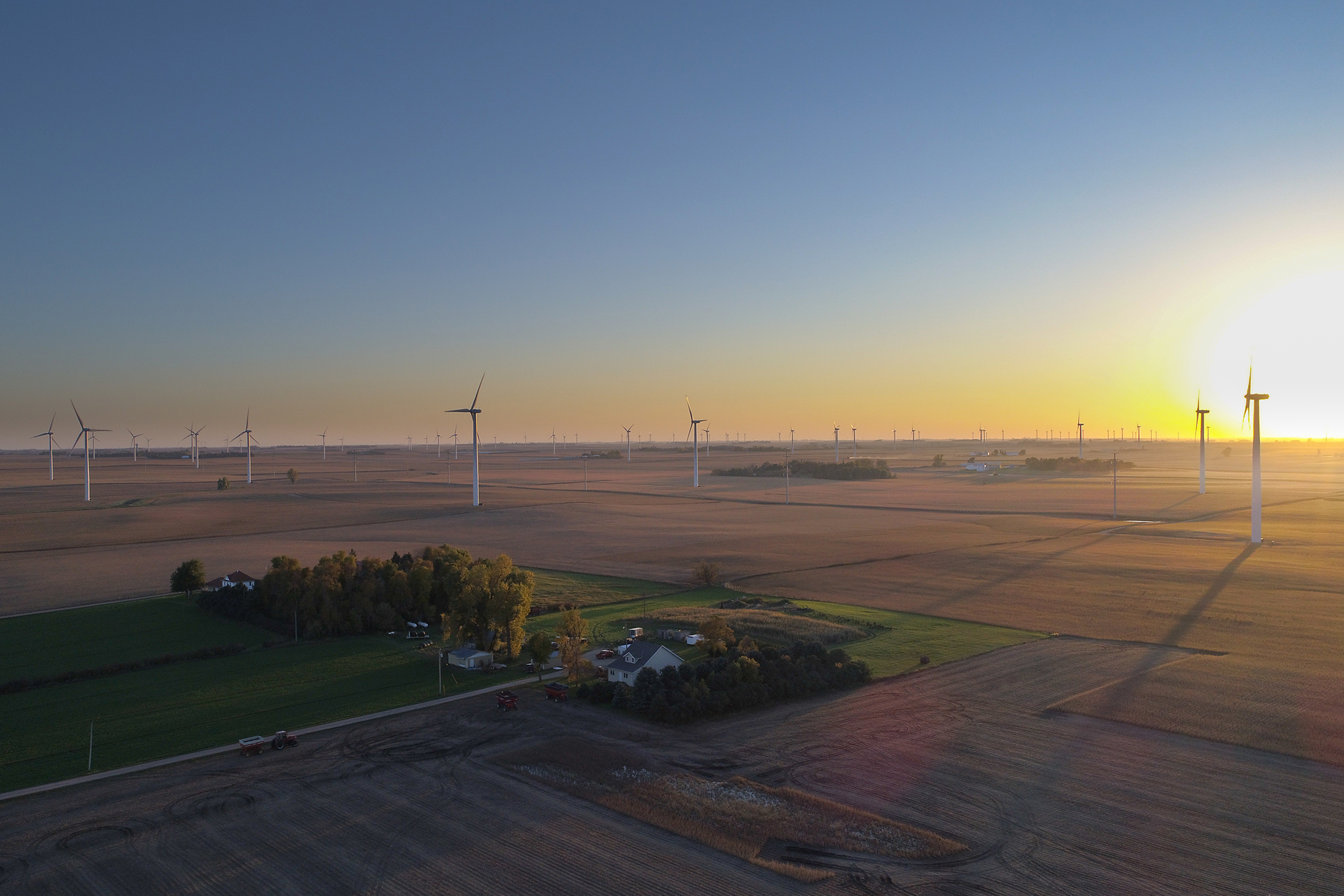
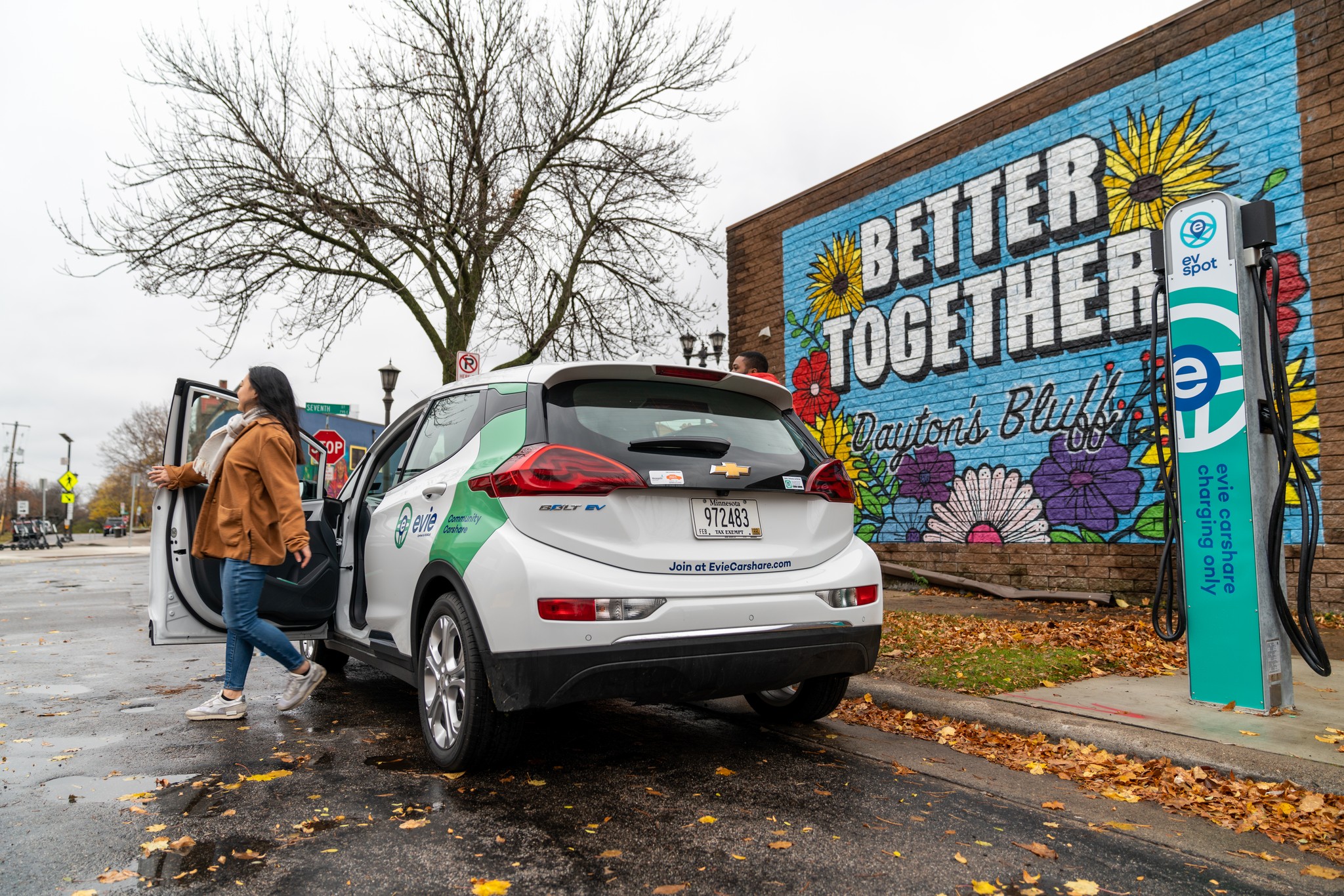
NCFP: Can you say a little more about why the Midwest is an essential place to be doing this work?
Noa: First, the Midwest is in the middle of the country—both geographically and politically—and there’s this sense that if we can solve for climate here, we can do it anywhere. Second, if the Midwest was a country, it would be the fifth largest emitter of carbon pollution in the world, between Russia and Japan, so there is still much progress to be made here. But the Midwest is also at the heart of America’s climate solutions and our quickly expanding clean energy economy. What do I mean by that? Illinois passed the Clean Energy Jobs Act last year, the most equitable policy of its kind in the country. Iowa gets a greater share of their electricity from wind power than any other state. Minnesota is a national leader on energy efficiency year after year and is home to one of the country’s largest community solar programs. Michigan is quickly becoming the headquarters of American electric vehicle production. And Ohio is manufacturing the solar panels, wind turbines, efficient equipment, batteries, and semiconductors we need to build a carbon-free economy. I really can’t overstate the importance of the Midwest.
NCFP: In 2019 the McKnight board chose to lift up the climate crisis and racial equity as two of society’s most urgent challenges. Why was this such an important decision to make now?
Noa: We knew there was amazing work happening and that we were having an impact across many fields, but it was sometimes difficult to know if we were really moving the needle. We had desired more clarity in our purpose for quite a long time, and in 2019 that focus emerged with climate and equity. If you looked at the statistics, Minnesota was not doing well as a state—our racial disparities were alarming and unacceptable. And the climate crisis was only becoming more frightening and urgent. We decided to double our commitment to climate funding to $32 million a year, and to begin a new ደፋር እና ፍትሃዊ ማህበረሰቦች program with $32 million a year dedicated to building a vibrant future for all Minnesotans with shared power, prosperity, and participation. With this shift, McKnight recognized that solving the climate crisis requires a healthy democracy grounded in racial and economic justice.
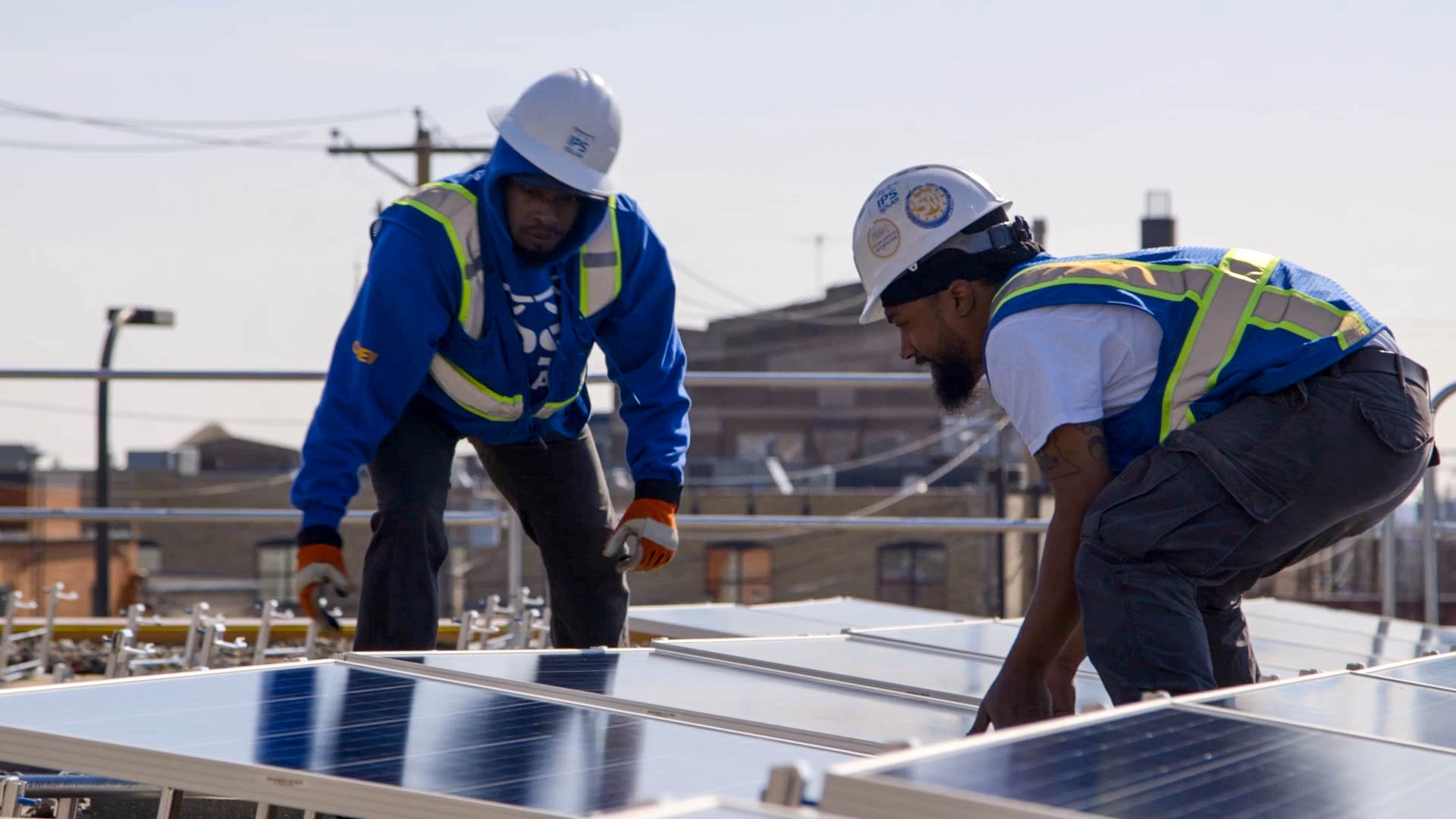
NCFP: One of the other ways that McKnight is leading on climate is through your investments. Can you share what it’s taken to better align your endowment with your mission?
Noa: In 2013, McKnight’s president and board investment committee felt strongly that we needed to explore emerging opportunities for mission-related investments. There was an overwhelming sense that our endowment could be doing more good in the world. We hired Elizabeth McGeveran, who was innovative in her approach to establishing and growing our የኢንቨስትመንት ኢንቨስትመንት ፕሮግራም, especially investments needed to build a climate-friendly economy.
In 2014 we set a target to invest $200 million—almost 10% of the endowment—into mission-aligned investments. Today, over 40% of our $3 billion endowment has some mission alignment, and impact investments are uncapped, with $500 million committed to climate solutions alone.
Last summer, as we were all breathing in wildfire smoke and seeing firsthand how communities were being impacted by climate-related disasters, the board was invited to consider pursuing a net zero endowment by 2050—an effort to scour the rest of our investments and eliminate their climate-harming impact. It was an easy decision, and there was no downside. It just felt like a natural extension of what we had already begun, an imperative next step in our investment work.
“I believe that the sweet spot for philanthropy is to provide flexible dollars needed to take risks and try something new. This is a critically important role for us to play in conversations around climate, what levers we can activate, and what partnerships we can elevate across sectors.”– NOA STARYK, BOARD CHAIR
NCFP: Do you have any advice for other foundations beginning or expanding their support for climate?
Noa: Starting something new is always intimidating, but if there was any one issue that you should commit to without hesitation immediately, it’s climate change. Let’s make sure we have no regrets looking back, that we did everything we could. We have to bring more people into this work, do more, and move faster—now. Climate is truly a collective issue, and the solutions require collective action—we need everybody’s resources, best thinking, and concerted effort. Start by taking a look at climate justice and what you can do to support historically underinvested communities—from extreme weather to air pollution, they’re often the people on the frontlines of climate impacts.
I believe that the sweet spot for philanthropy is to provide flexible dollars needed to take risks and try something new. This is a critically important role for us to play in conversations around climate, what levers we can activate, and what partnerships we can elevate across sectors. Reach out to us at McKnight and let us know how we can be helpful to you in your efforts!
